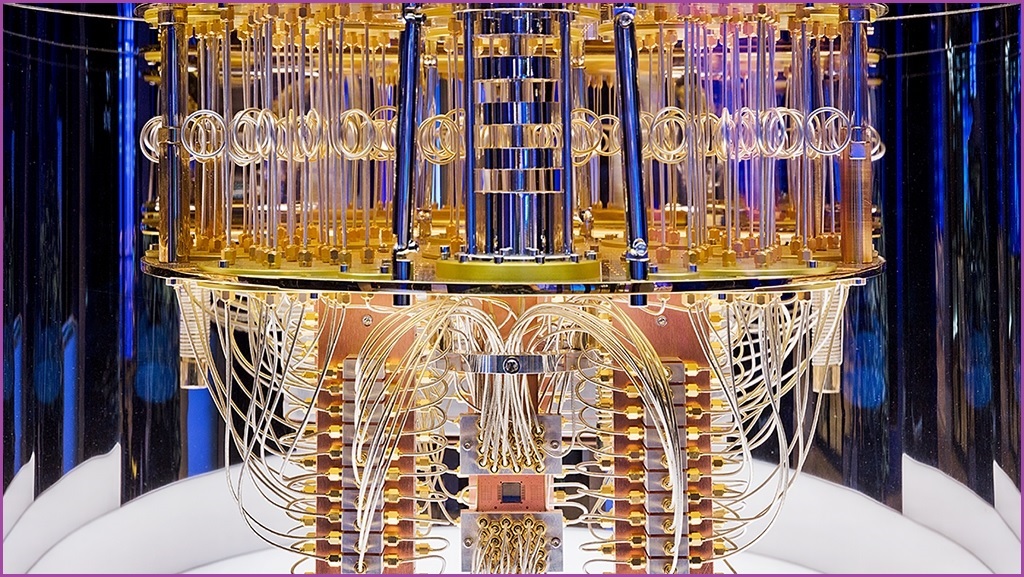IBM plans to build a quantum computer with 1,121 qubits by 2023 as it plans to scale up the future
In a blog post, VP of IBM Quantum, Jay Gambetta, unveiled the tech giant’s quantum roadmap, likening the technology's development to the Moon landing.
“Building a device that truly captures the behavior of atoms—and can harness these behaviors to solve some of the most challenging problems of our time—might seem impossible if you limit your thinking to the computational world you know,” Gambetta said.
“But like the Moon landing, we have an ultimate objective to access a realm beyond what’s possible on classical computers: we want to build a large-scale quantum computer.
“The future’s quantum computer will pick up the slack where classical computers falter, controlling the behavior of atoms in order to run revolutionary applications across industries, generating world-changing materials or transforming the way we do business.”
IBM’s roadmap will see it connect a new, more powerful, quantum device to the cloud each year – adding qubits and improving noise reduction – up to the 1,121 qubit Condor computer in 2023.
“The development required to build Condor will have solved some of the most pressing challenges in the way of scaling up a quantum computer,” Gambetta said.
“However, as we explore realms even further beyond the thousand qubit mark, today’s commercial dilution refrigerators will no longer be capable of effectively cooling and isolating such potentially large, complex devices.”
Because qubits are made of subatomic particles, one of biggest hurdles for quantum computer development is keeping the information stable and free from external interference.
Enter Goldeneye: IBM’s three-metre tall “super-fridge” designed to house the quantum computers of the future.
“Our team has designed this behemoth with a million-qubit system in mind—and has already begun fundamental feasibility tests,” he said.
“Ultimately, we envision a future where quantum interconnects link dilution refrigerators each holding a million qubits like the intranet links supercomputing processors, creating a massively parallel quantum computer capable of changing the world.”
Quantum meets cloud
IBM has its existing quantum computers tied to the cloud to let developers experiment with coding directly onto the hardware.
Currently, the futuristic devices are largely incapable of outperforming classical computers – although the race to reach this feat in computing has begun.
Last year, Google claimed its 54 qubit Sycamore processor completed a task that it claimed would take the world’s fastest supercomputer “10,000 years to produce a similar output”.
IBM slammed Google for generating hype when they had run a highly specialised task that didn’t fully utilise the capability of a supercomputer.
Since then, industrial tech firm Honeywell has announced it had built the world’s most powerful quantum computer – but with only a few qubits – for customers to use in the cloud.
Large quantum computers that require massive cooling power are only part of the story as firms prototype hybrid quantum-classical computers.
This week, US startup Seeqc raised $30 million in venture capital funding for its hybrid approach that aims to reduce reliance on bulky refrigerators to maintain coherence.
That same approach is being undertaken in Sydney by minerals company Archer which is leveraging carbon nanotubing intellectual property to create a quantum chip that is stable at room temperature.
Australian researchers are at the frontier of quantum computing thanks in part to Professor Michelle Simmons whose team last year celebrated achieving the fastest ever two-qubit logic gate suspended in silicon.
The CSIRO estimates quantum computing will create 16,000 new jobs in Australia in the coming decades.










